Liquidity Returns to a New CRE Landscape
It's the start of a new cycle, but the game has changed somewhat, according to iBorrow's Emin Aboolian.

With 2024 now firmly in the rearview mirror, we can likely all agree that it was a tough year for commercial real estate. Many lenders had to work through a bevy of problems in their books, and deal volume was low, particularly in the first half of the year, due to the high-interest-rate environment.
Regardless, we managed to survive until ’25, and once the long-term interest rates dropped at the end of last year, many of us started feeling more optimistic about the possibilities that this new year could bring. Cap rates increased in the fourth quarter, and according to MSCI, deal volume went up 32 percent year-over-year and closed the year out at more than $130 billion.
READ ALSO: 3 Industrial Amenities Worth Investing In
According to Trepp’s recent year-end report, liquidity is back and lenders are finally looking to deploy the capital that has been waiting on the sidelines into the right places.
As a nationwide direct lender for commercial real estate bridge loans, we are starting to see that capital flow back into the market, although there is undoubtedly a complex path ahead for both borrowers and lenders.
While there are of course no guarantees of what 2025 may hold, at iBorrow we feel optimistic about the prospects ahead of us. These are some of the areas we will be paying particular attention to in the months to come.
Looming maturities: Looking back first
If liquidity is truly back, that would not necessarily mean a clear path for lenders to a 2025 portfolio that is weighted with acquisitions. Before that dry powder can land anywhere, the market will still need to contend with a slew of maturities.
JLL estimates that $1.5 trillion in commercial real estate loans will mature before 2026, with more than $80 billion in multifamily loans at risk of distress. We expect that 2025 will bring lenders more opportunities in refinancing than acquisitions. While deals are still getting done at the current, more aggressive interest rates, property values are still being affected by expectations of inflation and higher cap rates, driven by the 10-year Treasury yield that continues to rise. Hopefully, we will see a leveling out and eventual decline in that yield this year.
In the meantime, borrowers should expect that they may need to put some additional equity of their own into a refinancing to make deals pencil out.
Navigating new opportunities
While the gap between buyers’ and sellers’ expectations can still be an obstacle to getting a deal across the finish line, we are seeing that those conversations are starting to happen, which bodes well for the coming year. Buyers are coming into the year more bullish about the future, even if sellers are still holding back a bit until they get the right price.
Multifamily assets in particular can be tougher to pencil out than they appear on the surface. Inflation, cost of living increases and rising operational expenses are all points of concern. It is becoming more and more difficult to find existing properties with below-market rents that are straightforward value-adds with the potential to push rents. Initial capital may be in place for these deals, but once insurance and other rising operational costs are factored in, the deal may not make sense after all.
One asset class we continue to feel bullish about is industrial. Here in Los Angeles, the Port experienced a record year in 2024, moving more than 10 million container units at a 19.3 percent increase over 2023.
We expect the industrial market to continue to grow, especially on the coasts, where both vacancies and availability remain low. Under this new administration’s looming tariffs, we expect an increase in onshoring and manufacturing, which will surely result in an increased demand for industrial product.
In particular, niche industrial assets look very promising. Until recently, many buyers and lenders were unlikely to view outdoor storage or cold storage as viable asset classes. But as demand has continued to grow, these are niche asset classes that look to have promising returns.
The financial landscape is always changing, but one thing remains clear: We will need flexibility and creativity to navigate the challenges and opportunities that arise in 2025.
Emin Aboolian is senior vice president of underwriting at iBorrow, a nationwide direct lender that provides short-term bridge financing to commercial and multifamily property owners.

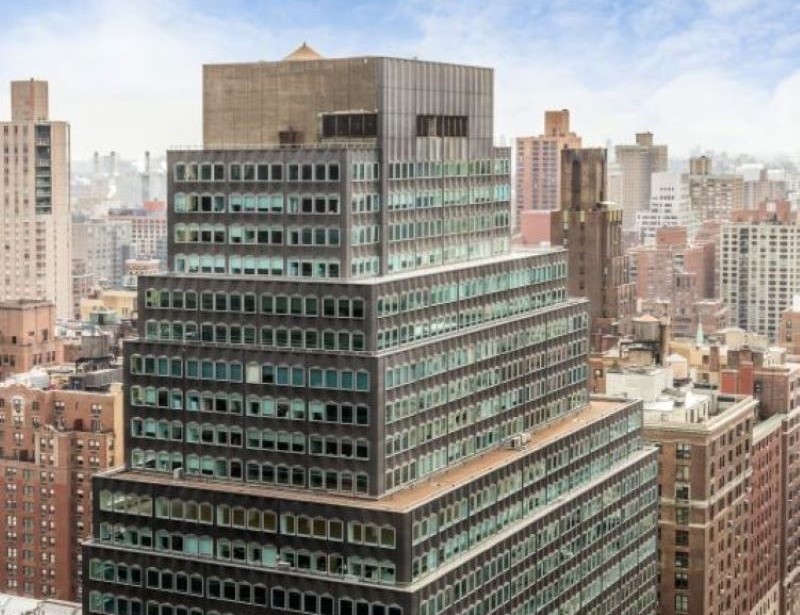

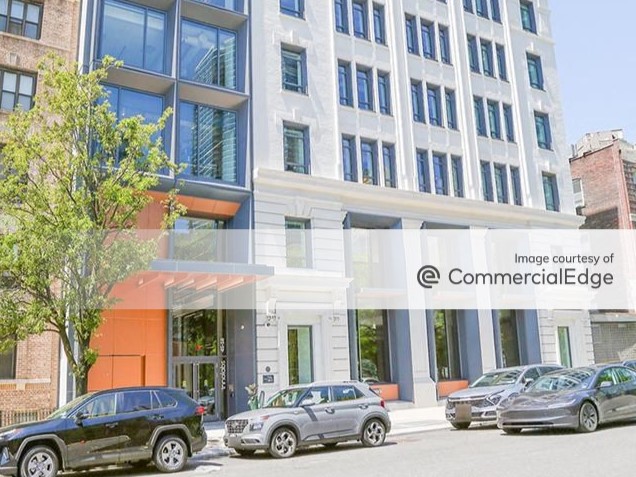
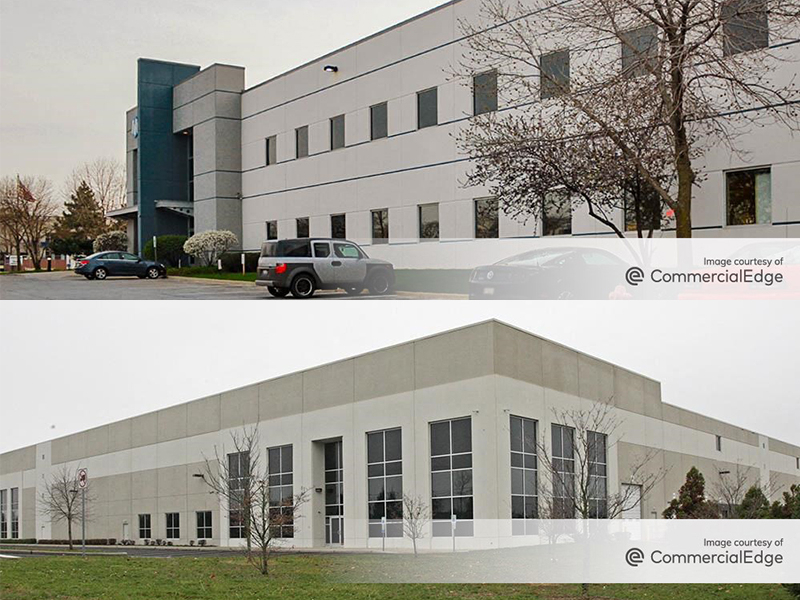
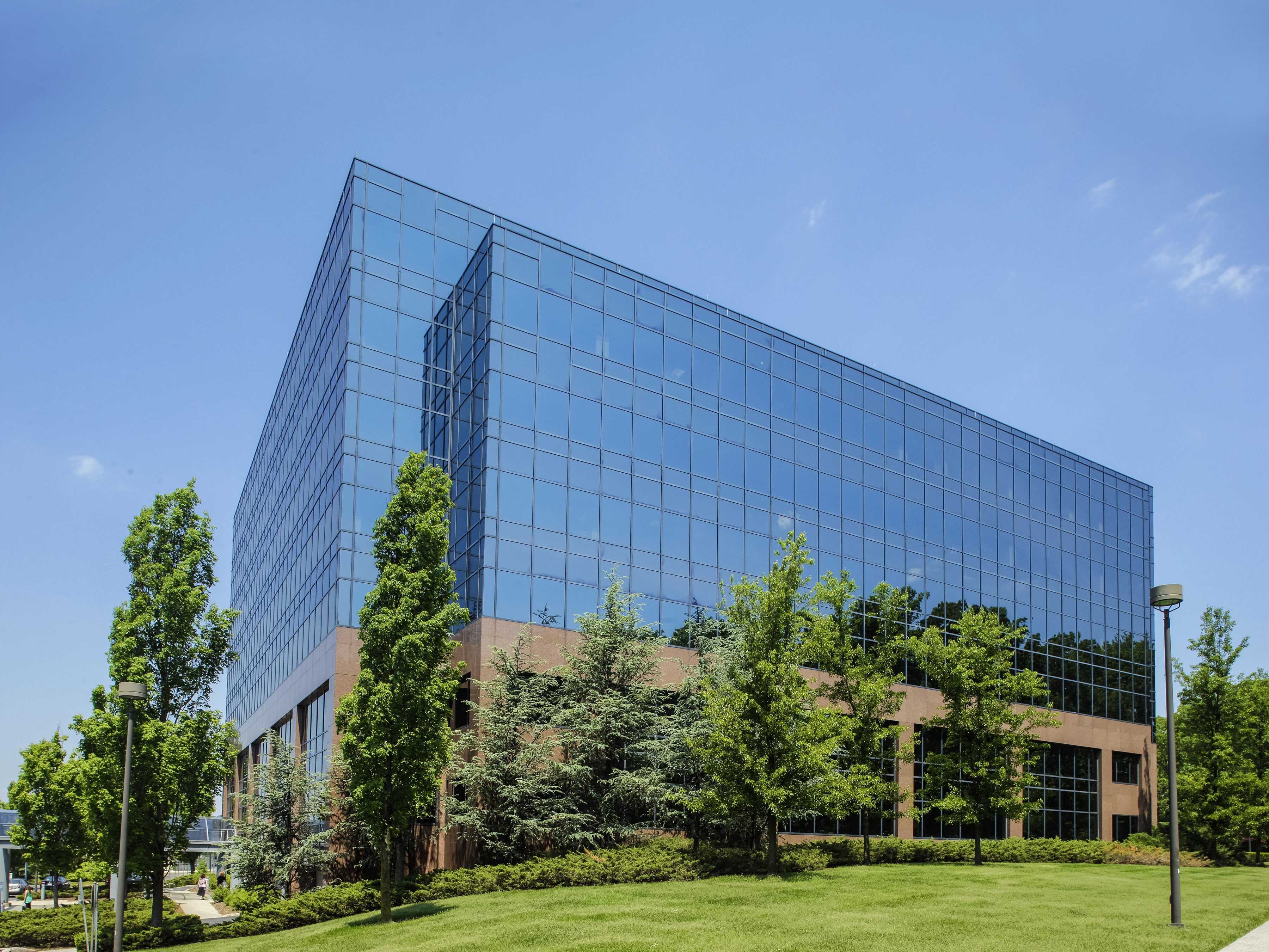
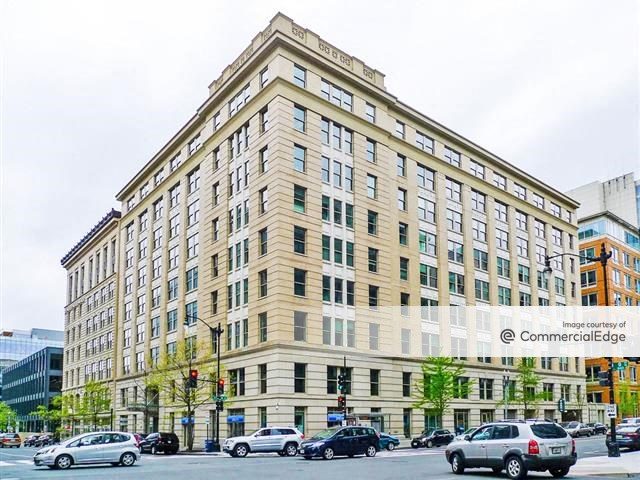
You must be logged in to post a comment.